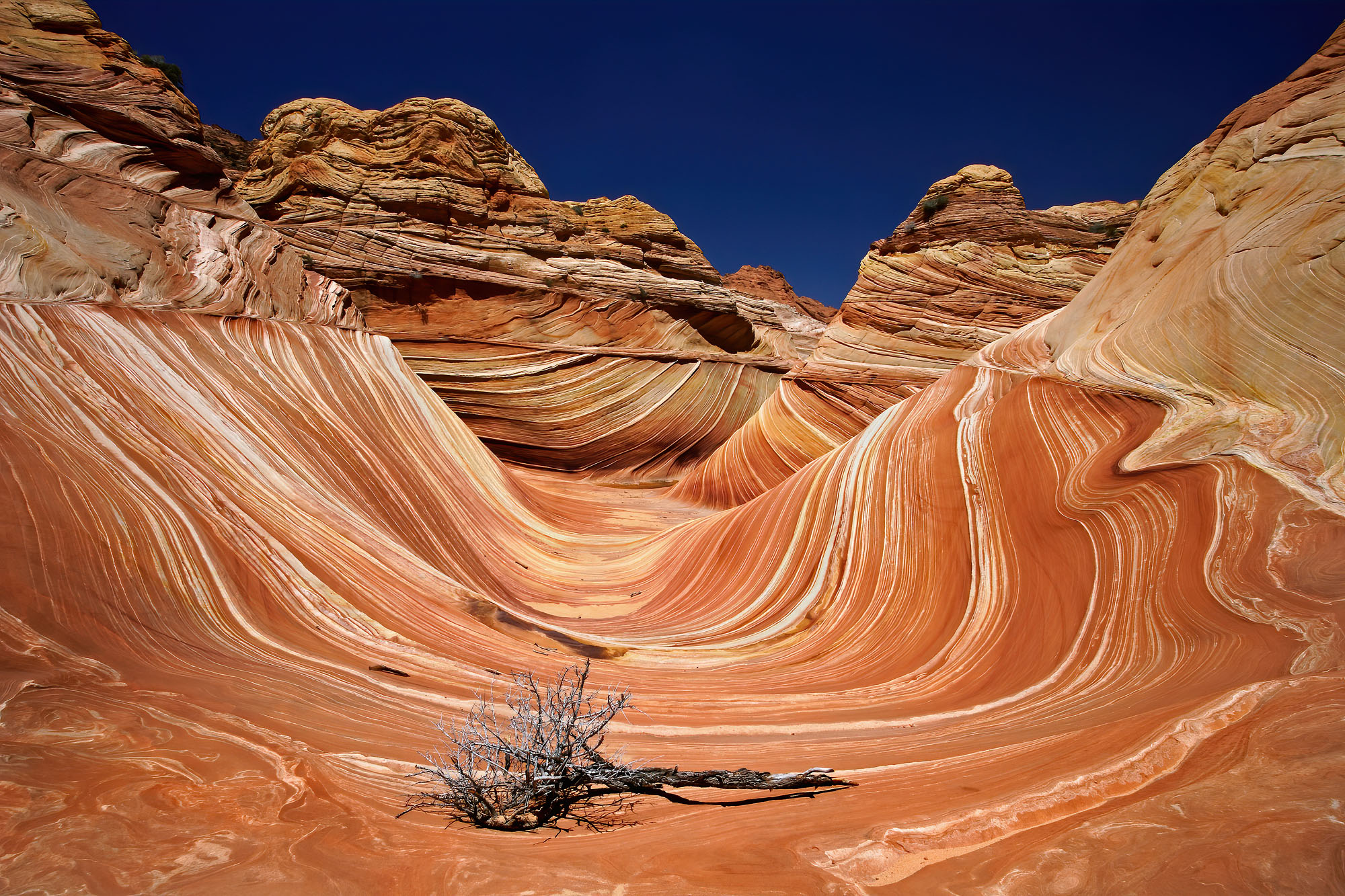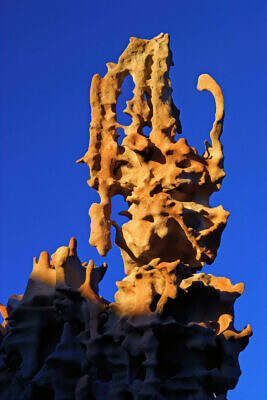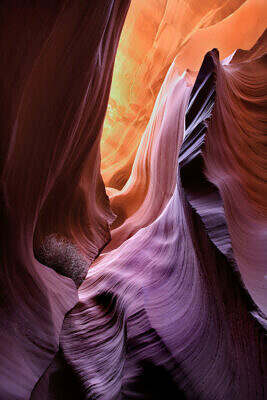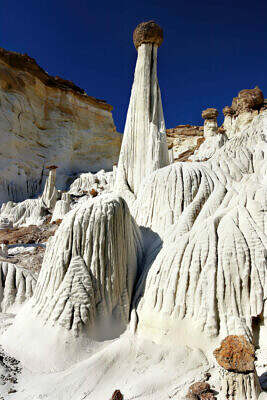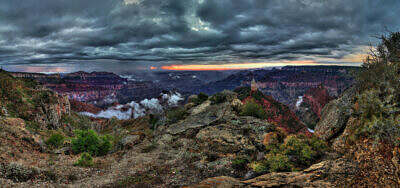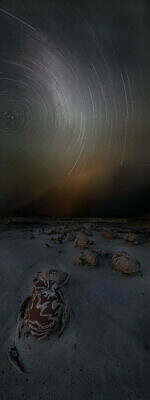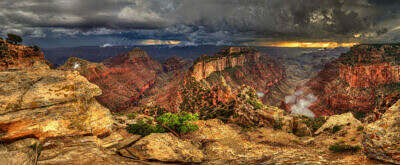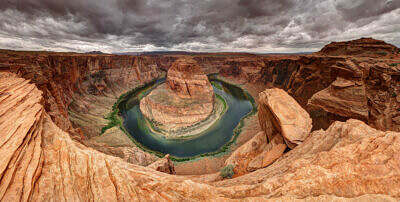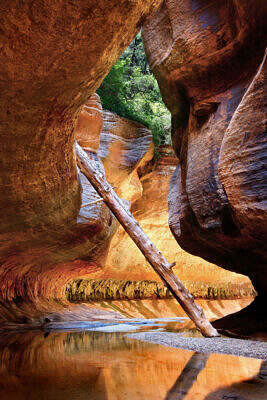The Wave is a beautiful undulating rock formation in the Coyote Buttes of the Paria Canyon and Vermilion Cliffs Wilderness in Arizona that originated from 150 million year old Jurassic sand dunes that have lithified into Navajo sandstone.
This Jurassic dune field resembled today’s Sahara, a vast desert stretching along the American west coast.
-
Arizona’s petrified dune sand of the dinosaur age
The Wave
- Fragility
- The Beauty In Me
- White Ghosts
- Breath of Eternity
- Catching Stardust
- Reconnecting to Earth’s Spirit
- The Wild Unknown
- The Subway

